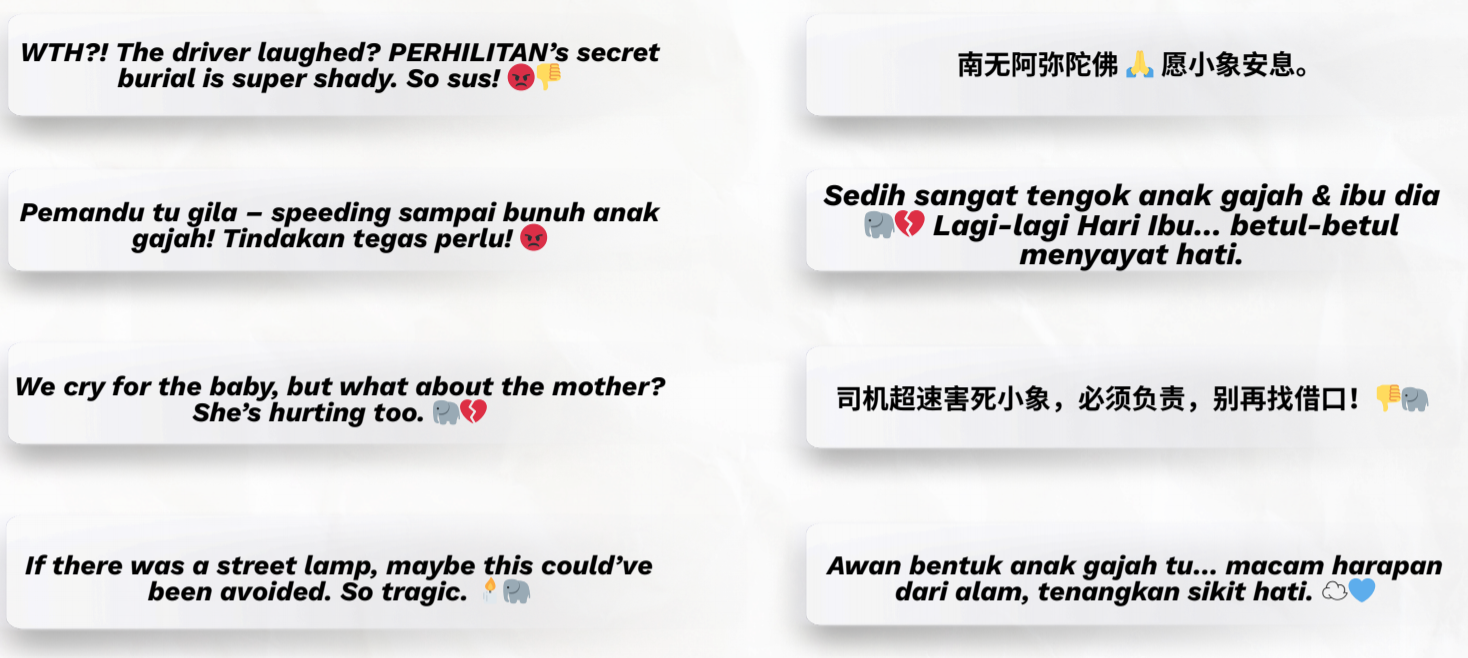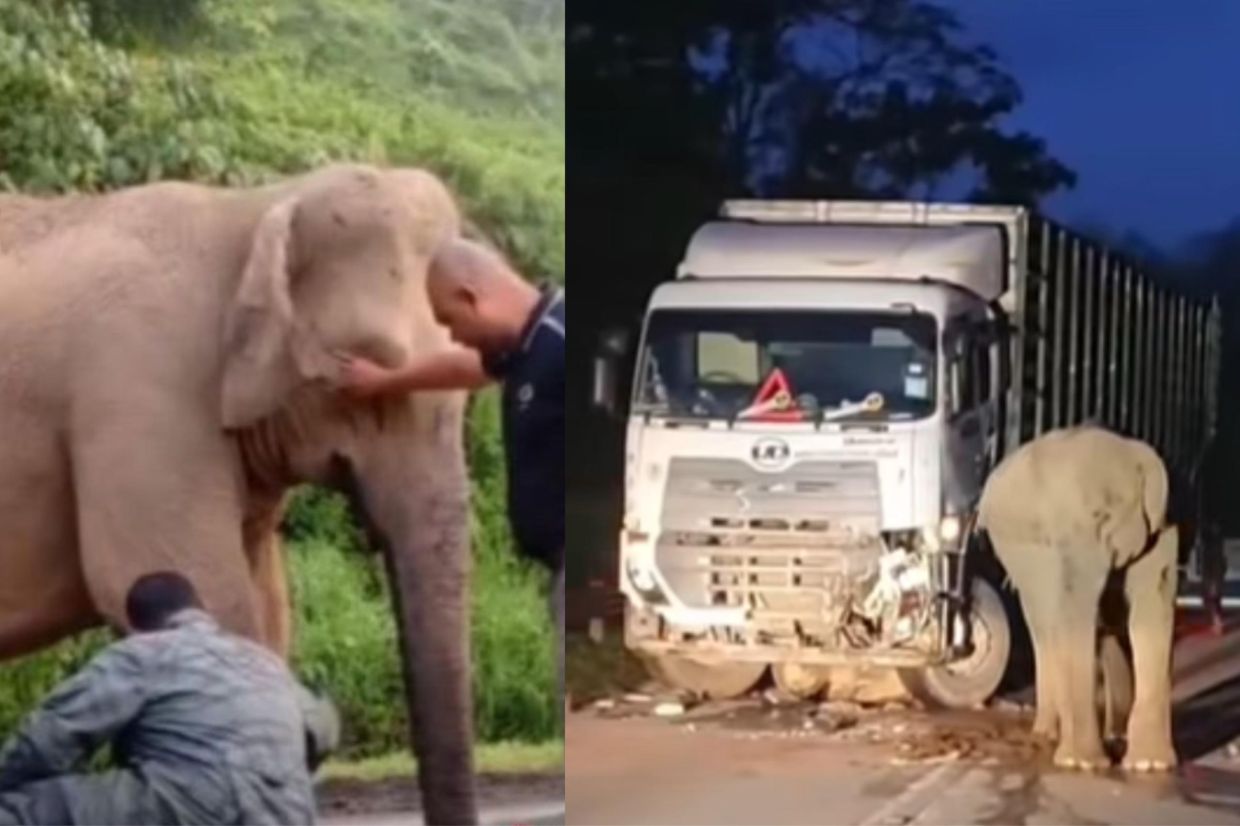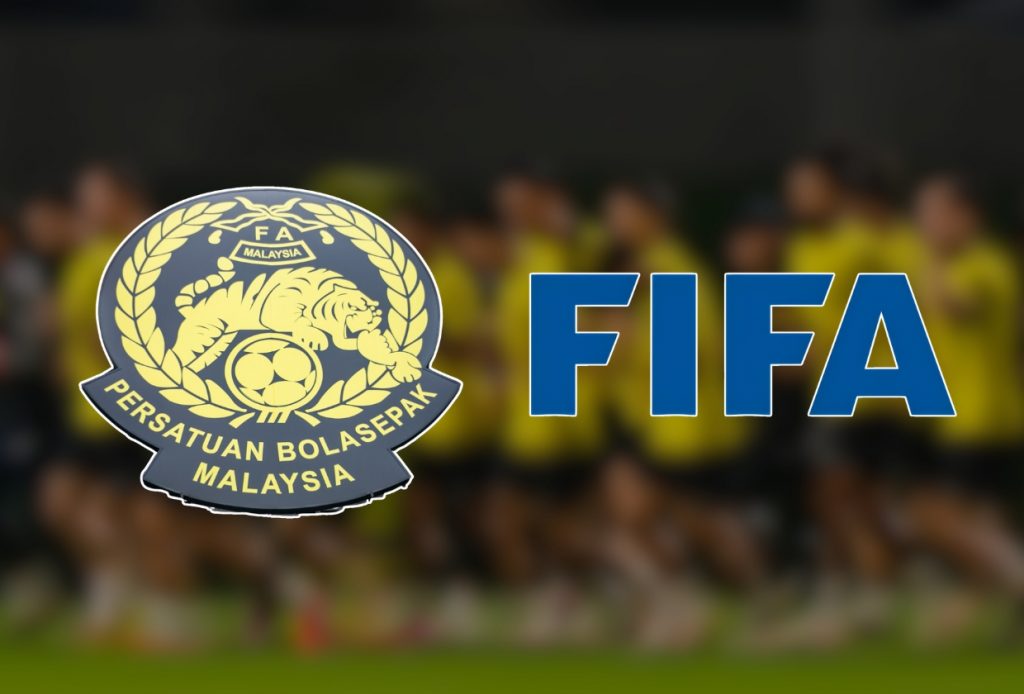The heartrending scene—of a baby elephant left orphaned beside its mother’s lifeless body—swiftly captured the nation’s attention. Mother’s Day is a national holiday and public holiday in many countries, widely celebrated and recognized or observed around the world, though not all countries officially recognize it as a holiday.
Within hours, videos and images flooded social media, prompting an immediate surge of 419,856 mentions and 718,655 interactions in the first 24 hours. The Department of Wildlife and National Parks (PERHILITAN) and the Royal Malaysian Police’s highway patrol unit launched joint inquiries into the collision and the absence of proper wildlife-escort measures. The depletion of natural resources and habitat fragmentation in Perak wildlife areas have increased such incidents, with director Yusoff Shariff highlighting ongoing conservation efforts. The importance of elephant crossings is critical to prevent further tragedies, as similar road accidents also threaten endangered Malayan tigers.
From emotional moments like the Mother’s Day Gerik calf tragedy to economic concerns over the egg subsidy cut in Malaysia, our coverage spans issues that matter. Visit our news section for more insights and articles.
Timeline of Public Reactions

In the hours following the news, social media platforms were flooded with messages of sympathy and support. Many children, family members, and parents shared their reactions online, expressing their grief and solidarity. Some posts included images or stories of gifts made by children in honor of Mother’s Day, which took on new meaning in light of the tragedy. The outpouring of emotion highlighted the deep connection people felt to the event, especially given its timing on a day dedicated to celebrating mothers and families.
11 May: Engagement Surge Begins
In the immediate aftermath of the collision on 11 May 2025, social media lit up with grief and disbelief. Within the first two hours, eyewitness footage of the traumatised mother elephant attempting to lift her calf beneath the lorry had already been shared thousands of times, and by midnight the story had racked up over 400,000 mentions across Facebook, Instagram, TikTok and Twitter.
12 May: Confusion and Coverage Collide
As dawn broke on 12 May, a second wave of posts surged—this time not only mournful but demanding answers. Influencers, wildlife NGOs and ordinary Malaysians alike called for PERHILITAN and the police to explain how such an accident could occur in a recognised elephant corridor. By the afternoon, mainstream news outlets were carrying the story on their homepages, further fuelling online debate.
After 13 May: National Attention Shifts
By 13 May, online engagement began to taper off. As condolences poured in for the fallen personnel, public attention diverted from the Gerik tragedy.
Where Did the Conversation Happen?

Platforms like Facebook and Instagram garnered the most engagement, as they host a large and active matured Malaysian user base who readily participates in ongoing conversations as a medium to express their opinion. This was further amplified by the rise of online media accounts and pages dedicated to highlighting and circulating the issue.
Key Topics That Drove the Conversation
Beyond the initial shock, the online conversation quickly evolved. Drawing from sentiment and engagement data across platforms, here are the five major themes that shaped the public discourse in the aftermath of the tragedy:
1. Tragic Accident and Emotional Resonance (45%)
The dominant theme was grief. The heartbreaking visuals—particularly of the mother elephant seemingly guarding her calf—moved thousands to tears. Many netizens drew parallels between the maternal bond and the timing of the incident, which unfolded on Mother’s Day. For many, the tragedy reminded them of their own mother, prompting some to silently pray for the elephants and reflect on the deep connection they share with their mothers. Comments flooded in expressing sorrow, compassion, and helplessness. The collective mourning became a symbolic show of support for the mother elephant, turning her into a tragic figure of maternal love and loss.
2. Public Outrage and Calls for Accountability (30%)
Sorrow quickly turned into anger. A large share of online comments demanded justice, with netizens questioning the driver’s actions and whether authorities would hold anyone accountable. Criticism of reckless driving was widespread, and frustration mounted over what many perceived as a lack of urgency or transparency in the official response. Tensions escalated when a family member of the lorry driver made a public defense, prompting further backlash and igniting heated online debates.
3. Road Safety and Infrastructure Failures (15%)
A significant portion of the discourse turned technical, focusing on preventability. Many questioned why the accident site lacked basic infrastructure like street lighting or wildlife barriers—especially in an area known to be a wildlife corridor. Suggestions poured in: speed limit zones, clearer wildlife crossing signs, and the construction of underpasses or overpasses to reduce future roadkill incidents. The tragedy spotlighted the real-world consequences of poor road planning in ecologically sensitive zones.
4. Broader Environmental and Habitat Concerns (7%)
Though smaller in volume, the conversation also expanded to include larger environmental issues. Conservation groups and NGOs raised red flags about the increasing frequency of human-wildlife conflict—pointing to deforestation, habitat fragmentation, and unregulated development as root causes. Viral infographics and maps circulated showing a worrying trend: endangered animals like elephants and Malayan tapirs are dying on roads at an alarming rate, with little systemic change in sight.
5. Support for the Elephant’s Wellbeing and Wildlife Ethics (3%)
A smaller yet heartfelt portion of comments focused on the surviving mother elephant’s future. Calls to ensure her safety and wellbeing appeared across comments, with users urging authorities to monitor her condition or relocate her to a sanctuary. Some also used the incident to highlight ongoing concerns about wildlife exploitation, including elephant tourism and captivity. Though not the central narrative, these voices underscored the emotional connection Malaysians have with their native wildlife.
Word Cloud Analysis:

The emotional impact of the Gerik baby elephant incident was reflected not only in the sheer volume of engagement but also in the language used across social media. A closer look at recurring keywords provides insight into what truly resonated with the public.
1. Tragedy and Loss
The most immediate and dominant emotion was grief. Words like “tragedi,” “mati,” “kehilangan,” “kesedihan,” “hilang,” “nyawa,” and “sedih” filled the comment sections, reflecting a deep sense of sorrow and loss. Many Malaysians expressed heartbreak over the death of the baby elephant, emphasizing the innocence of the victim and the emotional trauma witnessed in the aftermath. The widespread use of these keywords points to a national moment of mourning across age, region, and background.
2. Driver’s Responsibility and Public Blame
The second major theme focused on accountability. Netizens zeroed in on the lorry driver, with keywords such as “driver,” “pemandu,” “lori,” “laju,” “langgar,” “selfish,” and “highway” dominating discussions. Many criticized the driver’s speed and questioned the safety protocols in place for high-risk wildlife zones. Others extended blame toward systemic failures—like poor enforcement of speed limits or lack of wildlife crossing alerts on highways. These keywords highlighted growing concern over road behavior and responsibility in shared spaces with nature.
3. Maternal Bond and Public Empathy
The story’s emotional core was the unwavering bond between the mother elephant and her calf. Keywords like “anaknya,” “mak,” “setia,” “ibu,” and “kuat” emphasized the powerful maternal presence at the scene. Meanwhile, words such as “menyentuh,” “kesian,” “jiwa,” “sedih,” and “hati” expressed widespread empathy, with many calling the moment “gut-wrenching” or “heartbreaking.” These emotionally charged terms illustrate how the tragedy transcended the issue of wildlife protection to become a deeply human story of love and loss.
4. Call for Action and Environmental Awareness
Beyond mourning and outrage, a smaller but significant segment of public discourse turned toward solutions and awareness. Keywords like “selamatkan,” “bersatu,” “need,” “baik,” and “hutan” reflected a desire for change. Users called for improved policies to safeguard wildlife, better-designed roadways in forest areas, and stronger community awareness around conservation. There was also a growing voice for coexistence between humans and animals, pointing to long-term efforts needed in protecting Malaysia’s endangered species.
Social Sentiment Breakdown
The sentiment analysis of public reactions to the fatal elephant collision in Gerik revealed a predominantly negative mood. 60% of comments expressed sorrow, anger, or frustration—largely directed at the driver involved and the perceived failure of authorities to protect wildlife. Many described the incident as “heartbreaking,” with the image of the mother elephant standing beside her deceased calf evoking strong emotional responses. The timing of the incident, coinciding with Mother’s Day, further intensified public grief.
Criticism extended beyond the driver, with widespread condemnation of infrastructure planning and the continued lack of protective measures in known wildlife corridors. Concerns were also raised over the likelihood of accountability and whether systemic changes would follow.
A further 20% of comments were neutral in tone, often consisting of factual observations or analysis. These included chronological accounts of the accident, discussions about road conditions, and considerations of the broader issues surrounding wildlife conflict and highway development. While these posts avoided emotional language, they contributed important context to the conversation.
Meanwhile, 20% of comments conveyed a more positive or constructive sentiment. These were driven by calls for improved wildlife protection policies, better infrastructure in ecologically sensitive areas, and increased public education on conservation. Some users expressed gratitude toward the NGOs and individuals who responded to the incident or helped raise awareness. While in the minority, these comments reflected a hopeful perspective and a desire for long-term change.
What Netizens Were Saying

Several comments captured the emotional response and public sentiment related to the baby elephant incident.
Mother’s Day Reflections
Mother’s Day, celebrated on the second Sunday in May in Malaysia and many countries around the world, is a time to honor mothers, family bonds, and the nurturing spirit that shapes our lives. This year, the Gerik elephant tragedy has cast a somber shadow over the celebrations, reminding us of the deep connections that exist not only within human families but also among wild animals. The unwavering devotion of the mother elephant to her calf has touched hearts nationwide, highlighting the importance of preserving these powerful family bonds in the animal kingdom. As we celebrate Mother’s Day, let us also reflect on the urgent need for more wildlife protection measures to prevent such tragedies in the future. By working together to protect elephants and other wildlife, we honor the spirit of motherhood and ensure that future generations—both human and animal—can thrive in a safer, more compassionate world.
Final Takeaways
The strong love and care Malaysians have for wildlife was evident, with many comments expressing deep empathy for the baby and mother elephant—often focusing on the emotional impact rather than long-term solutions.
Following the incident, collaboration between PERHILITAN and the Jabatan Kerja Raya (JKR) emerged as a driving force in raising public awareness. Their efforts aim to enhance sensitivity and wildlife literacy, particularly regarding the vulnerability of animals exposed to open conservatory forests near public roads. The initiative also urges greater tolerance and shared responsibility among road users to foster a sustainable environment where both humans and wildlife can coexist safely.
At Dataxet Malaysia, we help organisations make sense of these moments—tracking, analysing, and turning conversations into insight. With DXT360, we deliver actionable insights that matter.









